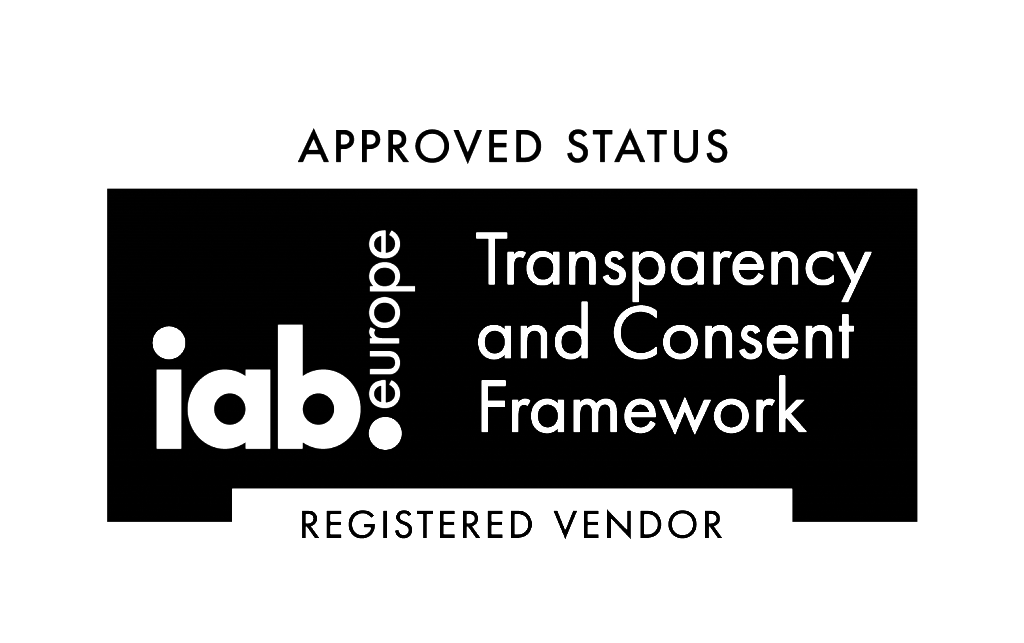5 Key Features for Digital Product Engineering Teams

Having an internal product engineering team dedicated to improving and refining your product to help you retain your top market position. This team will be tasked with roles such as fulfilling consumer needs and utilizing market data to satisfy consumer preferences and tastes for certain products. Therefore, you should provide them with all the resources and features they need to accomplish their duties.
However, this just the beginning of your product development journey. Next, you need to assemble various tools and key features to help create the needed product. If you are outsourcing a team or relying on the in-house one, below are some of the features they must have.
Generative AI Tools
The best digital product engineers understand the need for generative AI to augment human capabilities when developing or modifying existing products. With generative AI tools, the team can easily bypass certain processes that would otherwise be delayed due to human dependencies. For instance, AI can speed up product prototyping and testing by eliminating the need for human test samples and input.
Since the system understands human needs and behavior, it can easily help you align them to the product specification, thereby achieving all the product requirements. The outcome will be a user-focused product and consumer-centric goods developed within the shortest duration with minimal costs.
Once the AI has all the human data, it can assist the digital product engineering team in integrating features designed to meet consumer expectations. This ensures that the final product is consumer-centric and optimized to meet the demands of various consumers. Furthermore, it aids in creating product variations without significantly impacting product development costs.
Embedded Analytics and Data Tools
The first process in creation and product engineering is understanding what the market needs and why. To answer all these questions, you need the analytics capabilities to direct your team on how to proceed. The analytics system will define product metrics, inclusions, features, capabilities, and other aspects.
Eventually, it helps the team create the most engaging and consumer-specific products, thereby minimizing the risk of a flop product or undesirable features.
Instead of spending more time on consumer surveys and reviews, embedded analytics can help you specify what the market needs. The input is also relevant during the engineering process. It can help engineers change certain aspects based on changing markets and ideas of what the user would need.
The greatest role is in product testing before launch. You can use the analytics insights to create KPIs the product must meet before launch. These KPIs enable you to optimize, test, and create various simulations that the final product must pass.
Market Automation Skills and Tools
Which market does the product target, and how should the product look to be relevant in such a market? This should be the first question your engineering team masters and answers before they embark on service or product engineering.
Answering this question and developing the exact product would require time, costs, and more resources. You can speed up everything and cut costs using market automation tools and systems. These tools help you find the ideal market behaviors and then create a product based on the findings.
Next, you can simulate and virtually test the product in such markets. The benefit of automation is the data-driven priorities. Before creating such a market, the team has to collect all the market-relevant data, ensuring the virtual market resembles the actual one.
The tools can also extend further beyond virtualization and simulation. For instance, it can create questionnaires and surveys for targeted or general consumers. The team can send the survey to real users, enabling you to get active consumer feedback, which is essential for the creation.
Finally, it can help you validate if your product is a market fit or not. It does so by creating KPIs based on consumer feedback and market behaviors.
Communication and Collaboration Tools
Product engineering involves various teams, each performing specific tasks and duties. These duties must complement each other and collaborate to create the desired product.
With that collaboration, the final product will pass various tests, including market suitability and consumer satisfaction. Therefore, the team should have the best systems to streamline communication and collaboration.
There should be rapid updates about project levels, milestones, challenges, and achievements. This interaction is necessary since the output from one process is ideal for the beginning of another. The team must update each other to avoid wasting time and spending resources on redundant tasks that would be optimized if the team communicated effectively.
Finally, engineering teams are likely to operate from different locations. These tools ensure they can share updates and progress without any hindrances.
Planning and Roadmapping Systems
These systems are amongst the first to be deployed by the team to ensure they have an idea of what the product would look like and the critical processes during development. Mapping and planning are necessary to convert business strategy into the actual product.
With the map, the team can define specifications like features, capabilities, and functions the customer or the business needs. You can use the systems to focus on what is needed, ensuring the product meets all market desires and surpasses what your competitors offer or promise.
Another reason for the mapping is to integrate all the stakeholders into the product development. Through mapping, you can collect their opinions on the new product.
The most efficient product engineering team must have various tools and capabilities to create market-centric products that meet organizational needs. They must learn to integrate market automation, generative AI, and embedded analytics into their work. To complement the strategic tools, the team must also prioritize effective collaboration communication and planning using the best toad mapping tools.
Emma is a full-time content writing specialist. She has been closely monitoring the Tech Industry trends for quite some time. Through her writing, she hopes to influence as many people as possible. She also likes traveling to different places. On her off days, she likes to spend time with her family, cooking, and reading novels.
Stay tuned!

- Contacto DPO: privacy@telecoming.com
- Finalidad del tratamiento: suscripción al blog.
- Legitimación del contrato: consentimiento.
- Destinatario de cesiones o transferencias: no se efectúan transferencias de datos fuera de la UE.
- Derechos de las personas interesadas: acceso, rectificación, supresión, oposición, limitación del tratamiento, portabilidad de los datos e interposición de reclamación ante la AEPD.


